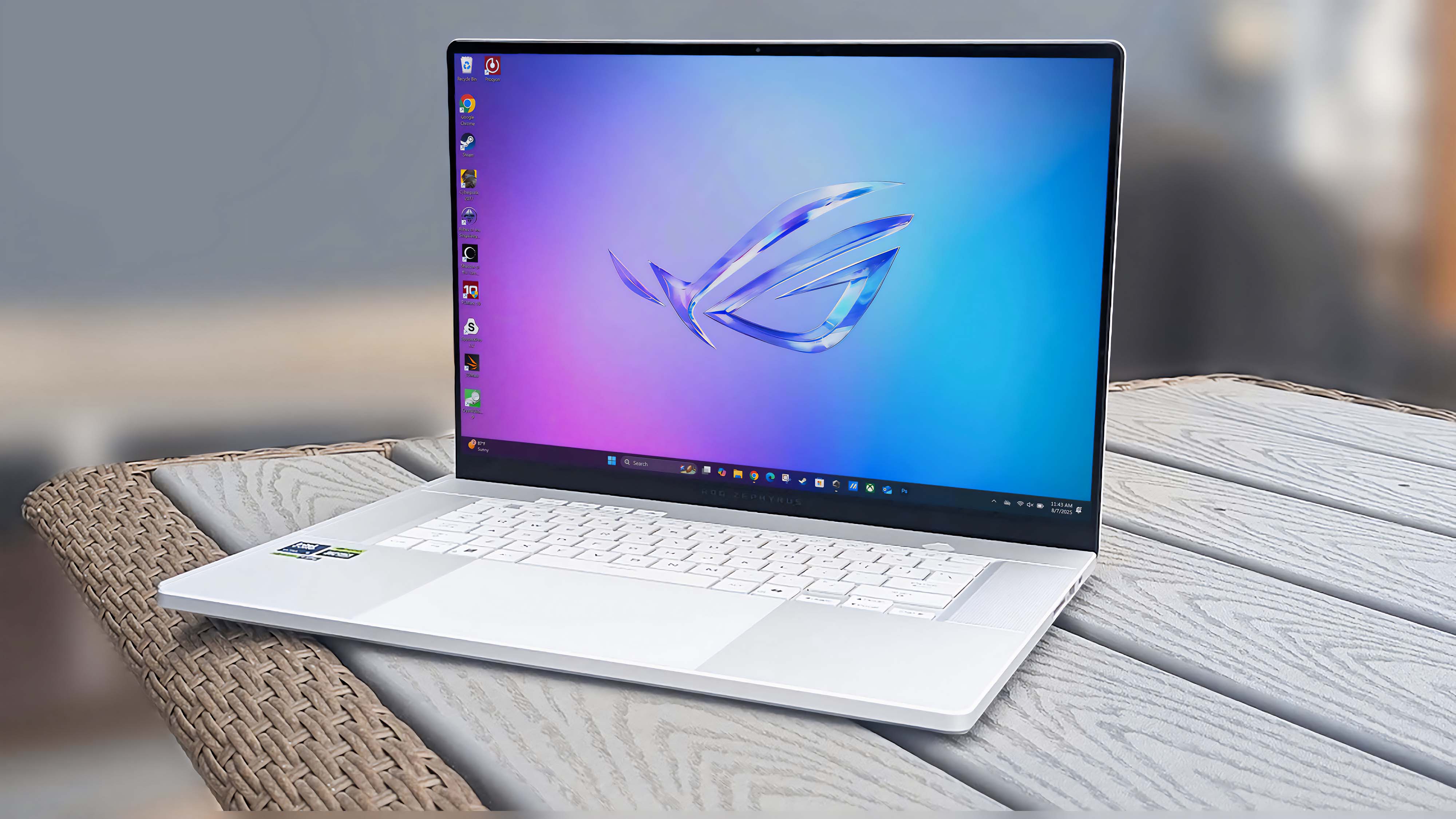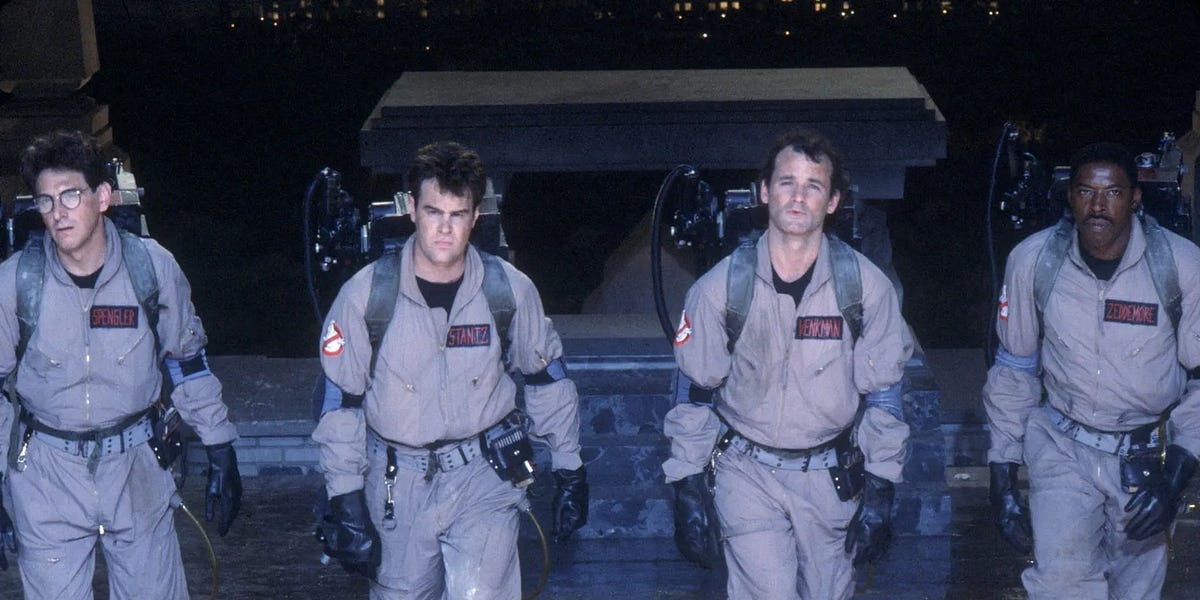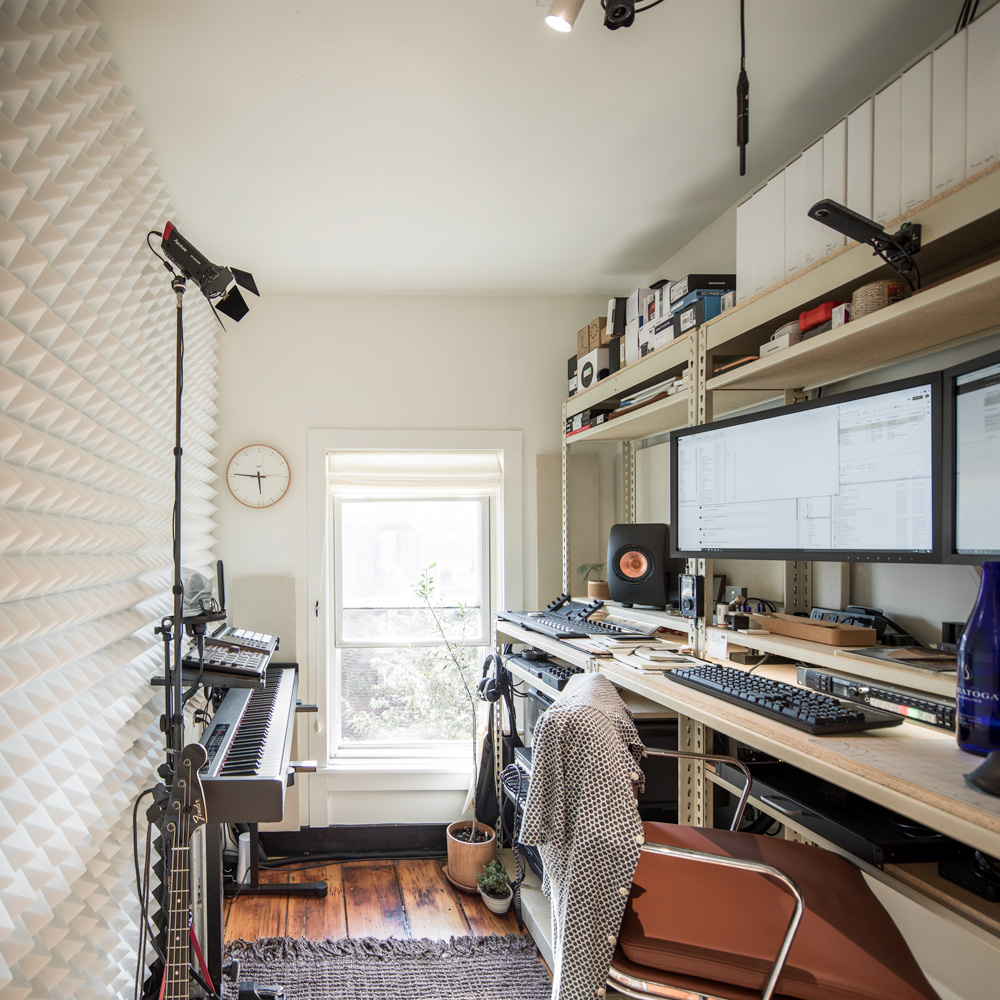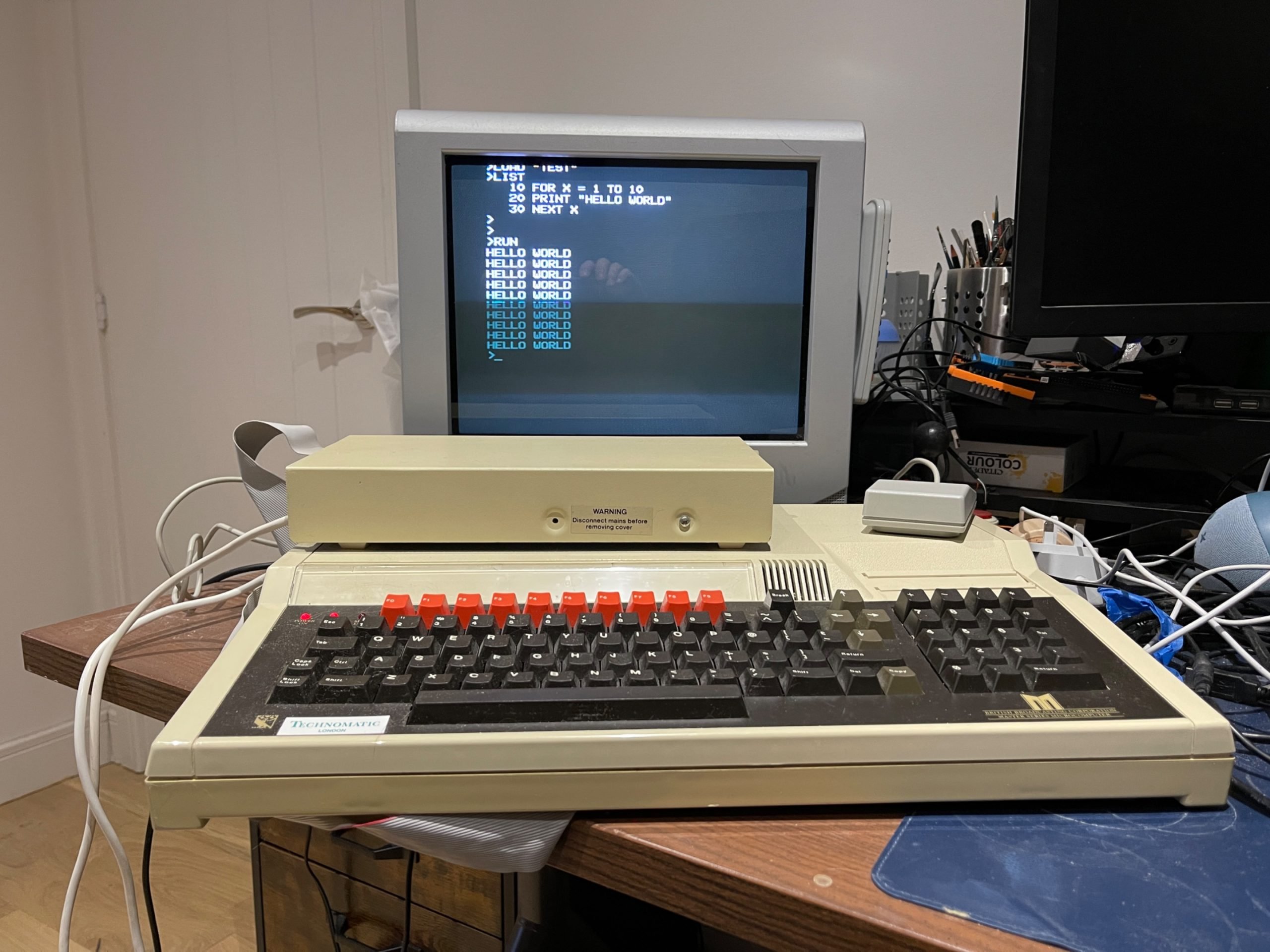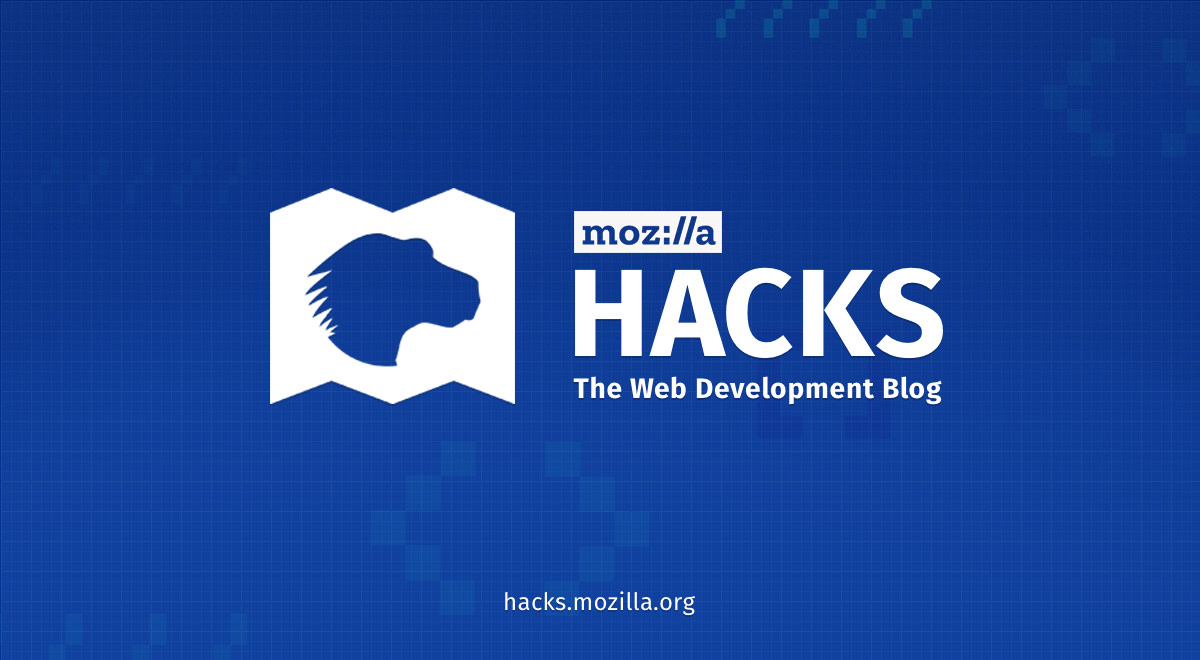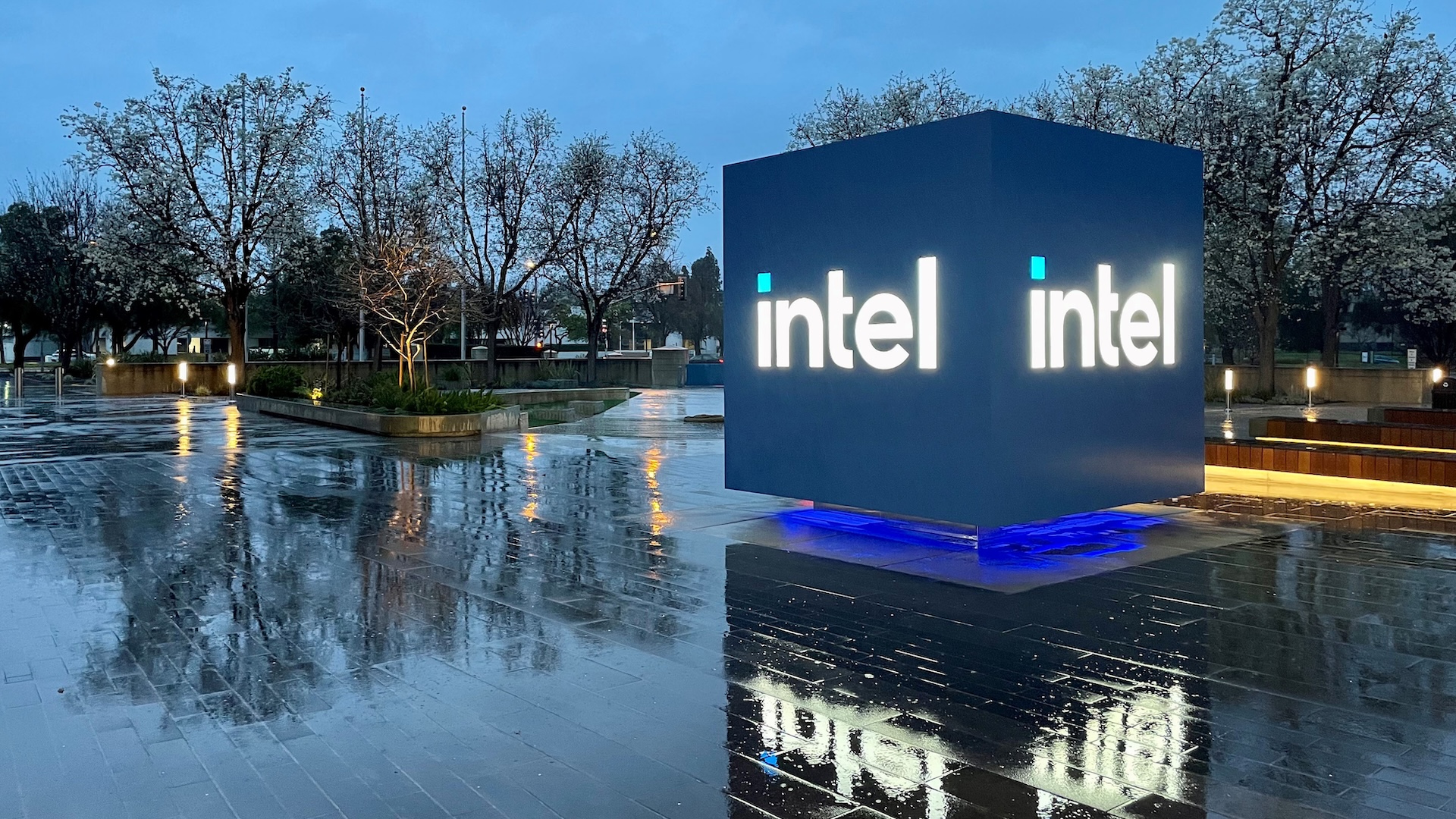Reclaim WSL Disk Space: A Manual and Automated Guide

Windows Subsystem for Linux (WSL) virtual disks can bloat over time, consuming significant disk space. This tutorial provides both manual and automated methods to compact WSL virtual hard disks (VHDX), freeing up valuable disk space. The manual method details a step-by-step process using PowerShell and DiskPart commands; the automated method provides a PowerShell script for one-click compaction. Regardless of the method chosen, you can effectively resolve WSL disk space issues and maintain efficient system operation.
Read more






